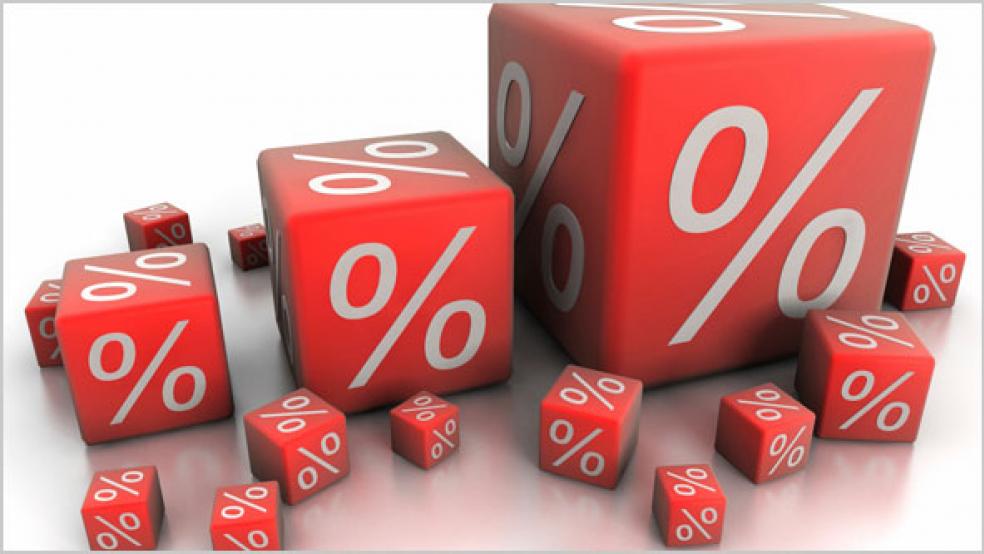
The days of cheap money are numbered. As the economy’s tepid recovery continues, Federal Reserve Chairman Ben Bernanke signaled at a press conference last week that the central bank would start to ease up on the monetary stimulus that has kept rates at near-record lows for the past few years. Those low rates have been particularly difficult for retirees who rely heavily on fixed income investment like bonds and CDs.
Though Bernanke said the end of stimulus would be gradual and contingent on a decline in the U.S. unemployment rate, the market response was immediate. Mortgage rates shot up, and the yield on 10-year Treasury notes hit a 15-month high. (Bond prices and yields move in opposite directions.)
So what should consumers do in a rising rate environment? First, don’t panic. Even though rates are moving upward, they still remain at historically low levels and economists expect them to inch – rather than soar – upward, notwithstanding recent movement. PNC Bank economists said in a note that they expect 10-year Treasury yields to remain in the 1.85 to 2.35 percent range through the summer, and then to gradually rise as the Fed tapers the stimulus.
Take these three steps to make sure you’re making the most of rising rates and protecting yourself from potential financial pitfalls.
#1: Lock in a low rate mortgage now.
Yes, you may have already missed the window for the record low sub-4 percent rates available for much of this year. But locking in today’s rates, which averaged 4.6 percent, according to Bankrate.com, could still yield significant savings. “You might get a slightly higher rate than you would have a month ago, but it’s still not too late,” says Marc Schindler, owner of Pivot Point Advisors in Bellaire, Texas.
RELATED: NATIONAL DEBT COULD SKYROCKET AS INTEREST RATES RISE
Refinancing a $300,000 mortgage at 6.5 percent to one at 4.6 percent would yield a savings of more than $350 per month and almost $130,000 over the life of the loan. Since loans take an average of 45 days to refinance, if you’ve started the process already, consider locking in a rate to protect yourself from any additional rate increases.
Given the fees associated with refinancing, it generally makes sense to refinance if your current rate is more than 1.5 percentage points above the new rate, and if you’re planning on staying in your home for at least a few years. Refinancing’s also a great move for homeowners who have adjustable rate mortgages. Those borrowers have benefited from the low rates in recent years, but they could face serious payment shock as those rates start to reset to reflect current rates.
#2: Protect your bond portfolio.
Bonds have traditionally been perceived as a safe haven by investors, but as bond yields rise the value of these investments can take a serious hit. Investors, aware that rising rates pose this risk, have been fleeing funds of late. Bond funds have seen a huge exodus of investors since the year began . For many individual investors, the damage has already been done.
“A lot of bond investors, who thought they were making safe investments, are not going to be happy when they open their second quarter statements,” says Greg McBride, a senior financial analyst at Bankrate.com.
Advisers say that retail investors shouldn’t abandon bonds entirely, but they should take a hard look at the types of bonds they’re investing in, focusing on bonds or bonds funds with shorter terms or inflation protection. “I’d be really careful with bonds right now,” says Wayne Copelin, founder and president of Copelin Financial Advisors in Sugar Land, Texas. “Everything should be shorter duration – three years or less.”
#3: Keep your savings short-term and accessible.
One place that rising rates haven’t yet had an impact is on traditional savings vehicles like money-market accounts, savings accounts or certificates of deposit. CD returns are still averaging less than 1 percent for one-year or six-month CDs, and less than 1.5 percent for five-year terms.
That compares to typical savings account rates of less than ½ a percent, according to GoBankingRates.com.
RELATED: EDGY ABOUT INTEREST RATES? DON’T POP THE XANAX YET
Given that rates for savers are bad no matter what, it’s better to keep cash in a money market account or a very short-term CD, so that you can access it when rising rates finally do catch up to savings vehicles, Copelin says. “As inflation starts to take hold, those CD rates are eventually going to rise, and then you might make them a more significant part of your portfolio.”
In the meantime, it’s worth checking with credit unions and regional banks to make sure you’re getting the best possible rate on your savings. “You’ll do slightly better by shopping around, but in this environment, it’s going to be a lot lower than people can expect.”





